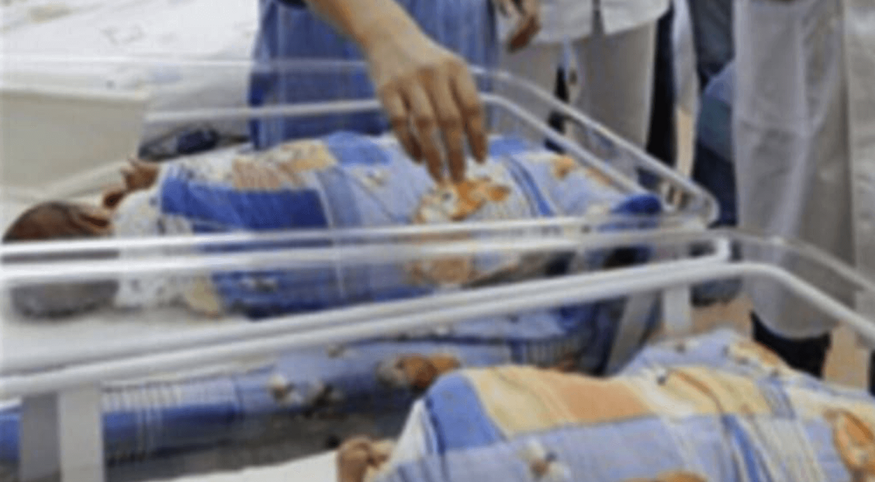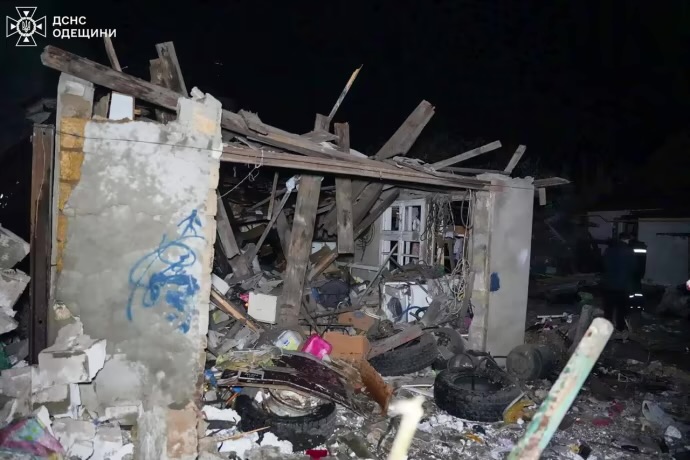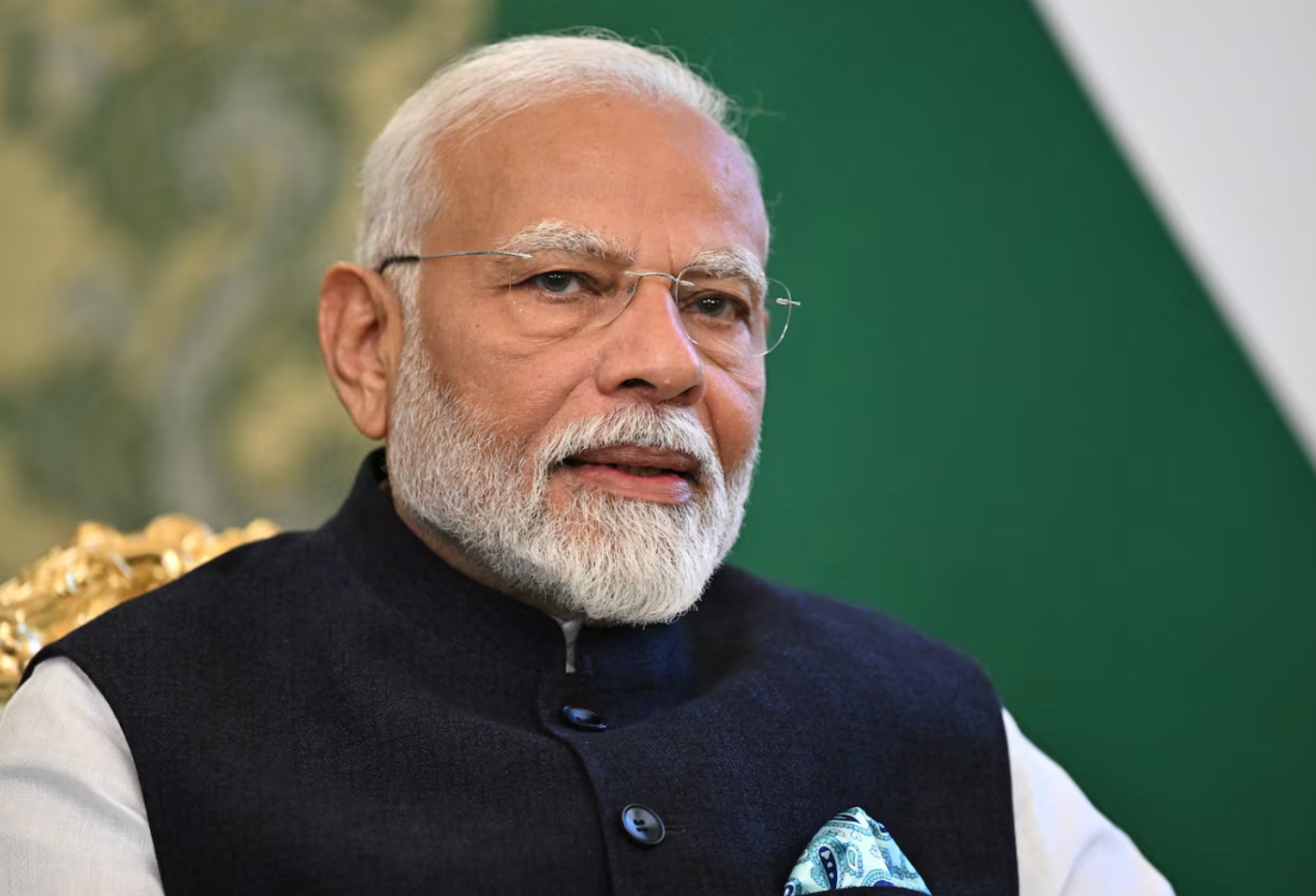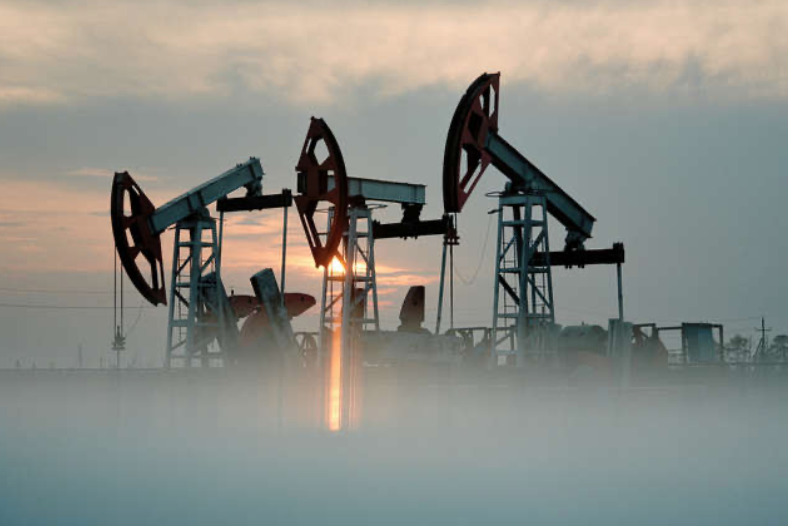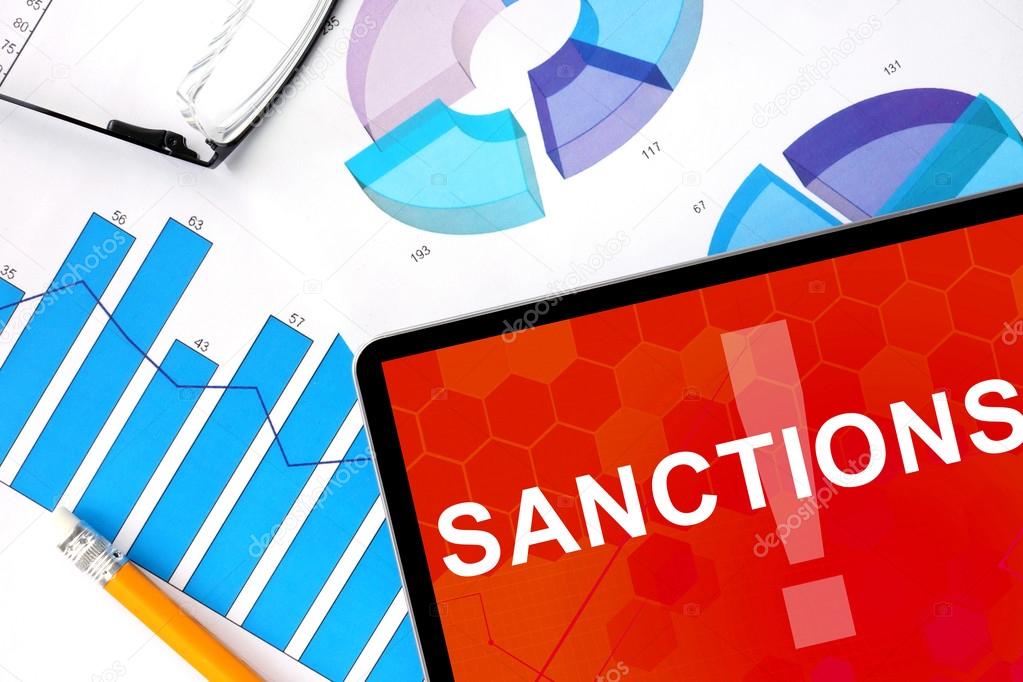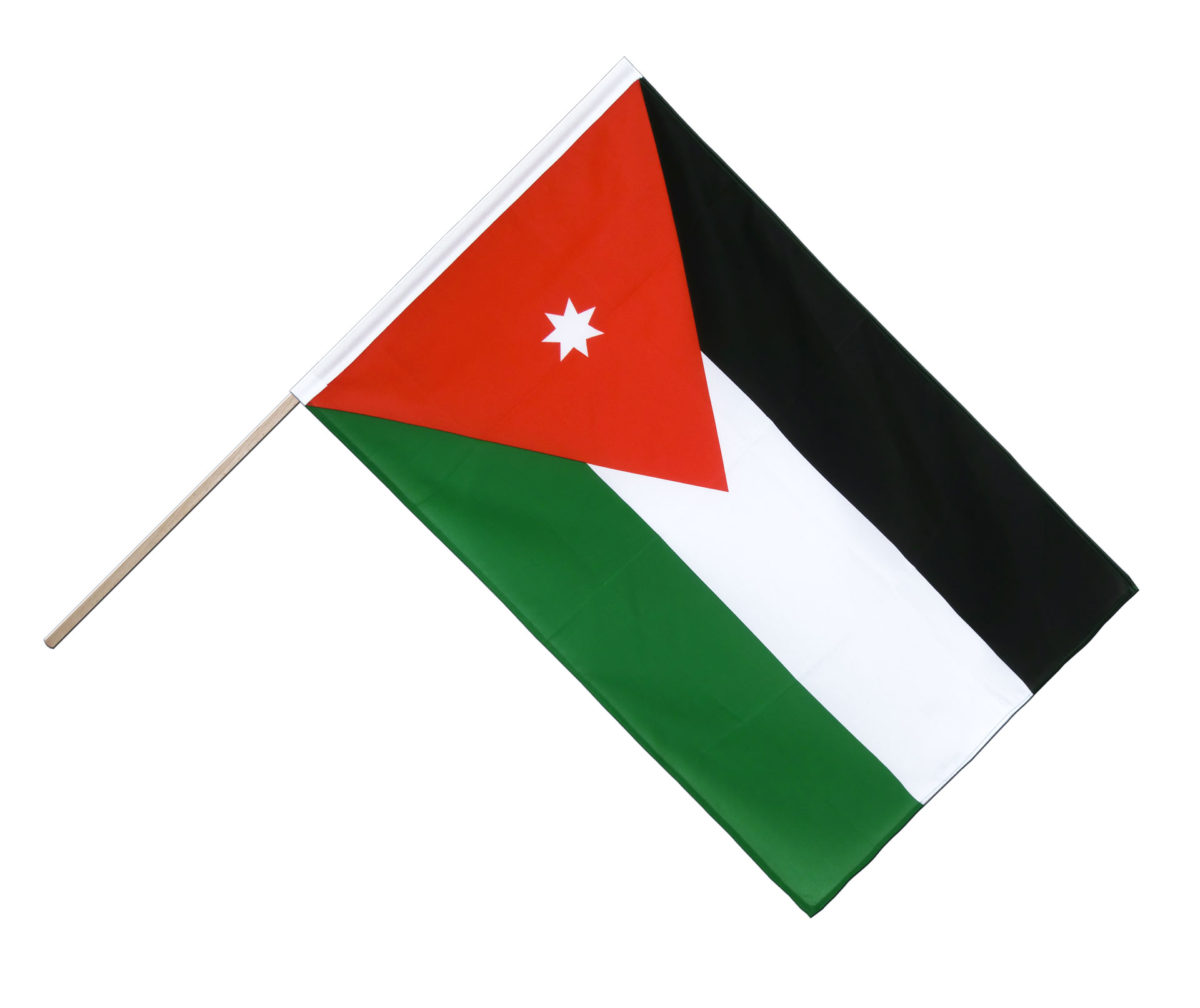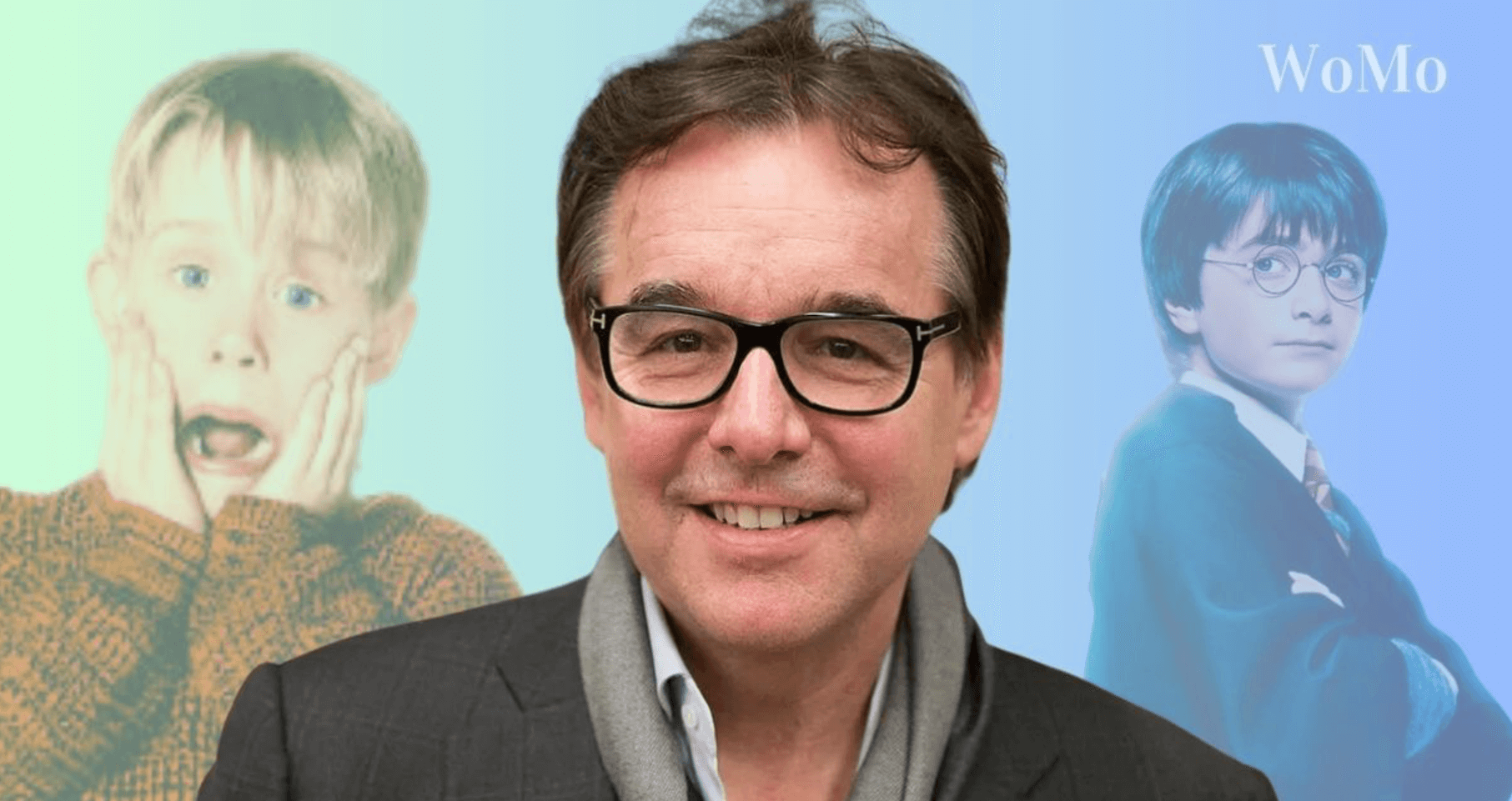The demographic crisis in Russia
Russia continues to rapidly lose population, despite all the Kremlin’s efforts to promote birth rates and “traditional values”.
According to data published by the Russian statistical service Rosstat and cited by The Moscow Times, in January-February 2025, the country recorded a natural population decline of almost 119,000 people. This is the result of a sharp drop in the birth rate – the lowest level in more than two centuries.
In the first two months of 2025, 195,400 babies were born in Russia, down 3% from the same period in 2024. A particularly sharp decline occurred in February, down 7.6%: only 90,500 newborns, or 7,400 fewer than last year.
Some regions showed even more dramatic figures:
- Arkhangelsk region – minus 18.7%
- Karelia – minus 19.4%.
- Oryol region – minus 18.6%
- Kostroma region – minus 21.6%
- Smolensk region – minus 26.6%
Historic low
According to demographer Oleksiy Raksha, February 2025 could be the month with the lowest number of births since the early 1800s. The expert predicts that in March, the number of newborns will be between 95 and 96 thousand, which will bring the total to 293-294 thousand children in the first quarter.
Mortality is declining, but not enough
Despite the fact that the death rate in January-February decreased by 5.2% (to 331,100 people), this was not enough to compensate for the low birth rate. On average, there are 1.6 deaths per birth in the country. In some regions, such as the Kaluga and Ivanovo regions, the ratio is as high as 2:1, and in the Vladimir and Belgorod regions it is 3:1.
The trend in recent years
In 2024 , 1.222 million children were born in Russia, the lowest annual figure since 1999. Compared to 2014, the birth rate fell by a third. And from 2016 to 2024, the natural population decline exceeded 3 million people.
Pessimistic forecasts
According to Rosstat’s forecasts, the number of births could drop to 1.14 million per year by 2027. Even with a gradual stabilisation of the situation, the birth rate is expected to remain 25% lower than before the annexation of Crimea by 2045.
A stable mortality rate of 1.8 million people per year means an annual population decline of about half a million.
By 2046, Russia’s population could decline:
- Up to 138.8 million (optimistic scenario)
- Up to 130 million (pessimistic), which corresponds to the level of the Russian Empire in 1897.
Changing population structure
The number of children and adolescents could decline by 26%, and their share in the population could fall from 18.5% to 14.2%. At the same time, the share of elderly people will increase to almost 27%. Russia is rapidly ageing – and none of the initiatives announced by the authorities has been able to stop this process.
Amid sanctions, isolation and war, Russia is facing the deepest demographic crisis in its modern history – and this could have profound social, economic and geopolitical consequences.

